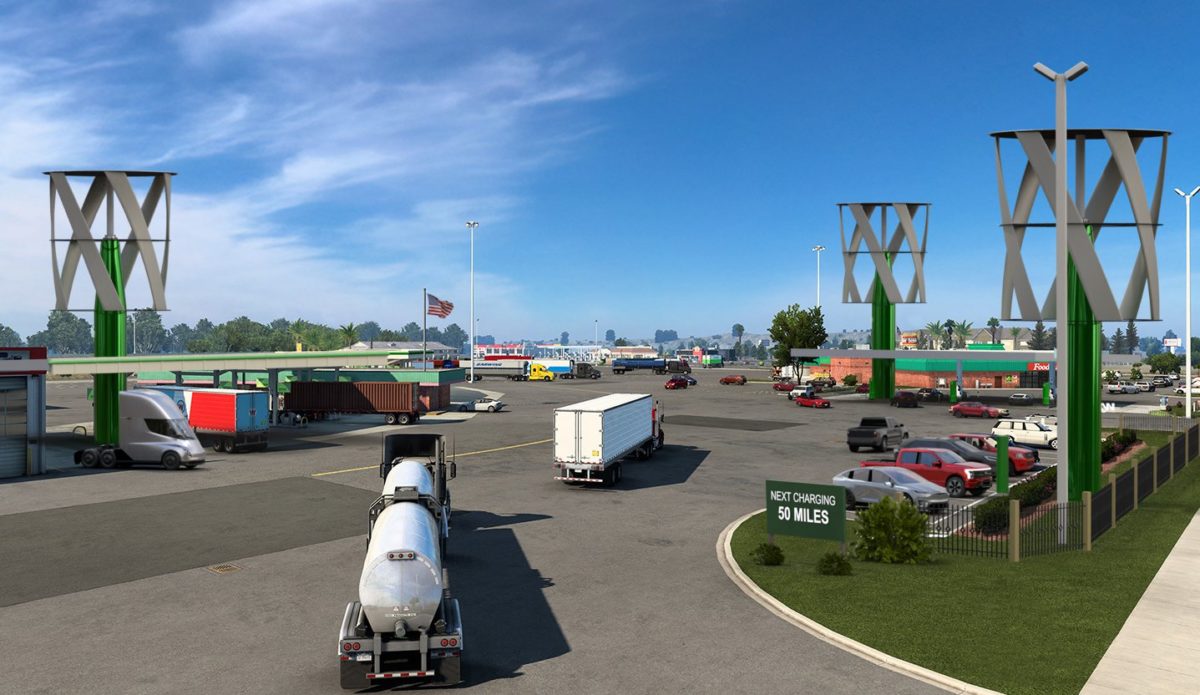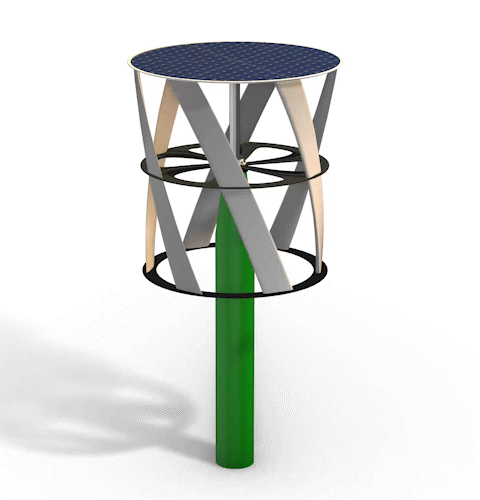‘Below Grid Parity™’ — what it means and why it’s important

Wind & Solar TowersTM generate 234,154 kWh of electricity at an LCOE1 of four cents ($0.04) per kWh. 2
An unfortunate tradition in generating electricity is to stick with what is abundant and lends itself to high output from large power plants. But (much too late), it was found that burning fossil fuels — coal, oil, and natural gas — was harming air quality and our lungs and contributing to climate change.
Using renewable energy — sun and wind which are 100 percent emission-free “fuels” — was expensive, so burning fossil fuels remained by far the most popular means of power generation. Building hydroelectric plants was also expensive, and falling water was and is a limited resource.
Add to this information the fact that electric grids — the distribution systems — were not built to handle the increasing demands of an electrified world and it’s clear that inadequate grids can cause blackouts and brownouts as we have seen in California in 2022. Worsening that problem is the totally unforeseen demand presented by the charging of millions of electric vehicles (30 million EVs projected in the U.S. by 2030).
Engineer/inventor Jim Bardia saw that the best way to soften these problems is to bring down the cost of renewable energy (RE) far enough to make RE the new standard.
The short story is that Bardia improved upon conventional design of wind and capture and invented the Wind & Solar Tower™ to generate electricity where it is used, eliminating the need for expensive transmission lines, substations, and other expensive, vulnerable grid components. But the clincher is that the WST is the world’s only generator that is powered by a combination of wind and sun, all in one unit.

Because of the efficiencies of their frictionless vertical-axis turbines and self-cleaning/self-cooling solar panels, WSTs can produce substantial amounts of electricity with no fuel cost, bringing the expense of making power way down to the point where WST power is below parity with costs of conventional generation.
The WST uses the slogan “Below Grid Parity™” to emphasize that being “green” no longer carries a cost penalty over being “dirty.”
WSTs can bring power to remote areas around the world, but perhaps their largest and most immediate application is their ability to charge EVs quickly and inexpensively (at Level-4!) without the need for a grid connection, and without requiring fossil-fueled plants to burn more fuel and emit more CO2.
An example of cost saving is that a charging-station operator pays between 12 cents and 20 cents per kilowatt hour (kWh) for grid electricity, but the cost (taking into account construction, maintenance, etc.) to that operator is close to six cents per kWh for WST power. Identical savings are realized in whatever situations WSTs are used, whether on farms, in retail locations, athletic fields or you-name-it. Since deployment of WSTs can reduce electricity costs to a point “below grid parity,” a huge impediment to implementing renewable energy has been removed.
__________________________
1 Levelized Cost of Energy
2 Based on a 33% wind and 45% solar duty cycle per year.
